To 10 Key Cybersecurity Trends to Monitor
Updated: April 8, 2025
17

As technology continues to advance, cybersecurity remains a top concern for individuals, businesses, and governments worldwide. With cyber threats becoming more sophisticated and widespread, staying ahead of potential risks has never been more critical. In this blog, we’ll explore the key cybersecurity trends shaping 2025, including emerging threats, innovative solutions, and strategies organizations can use to protect their digital assets.
- AI-Powered Cyber Attacks Are Increasing
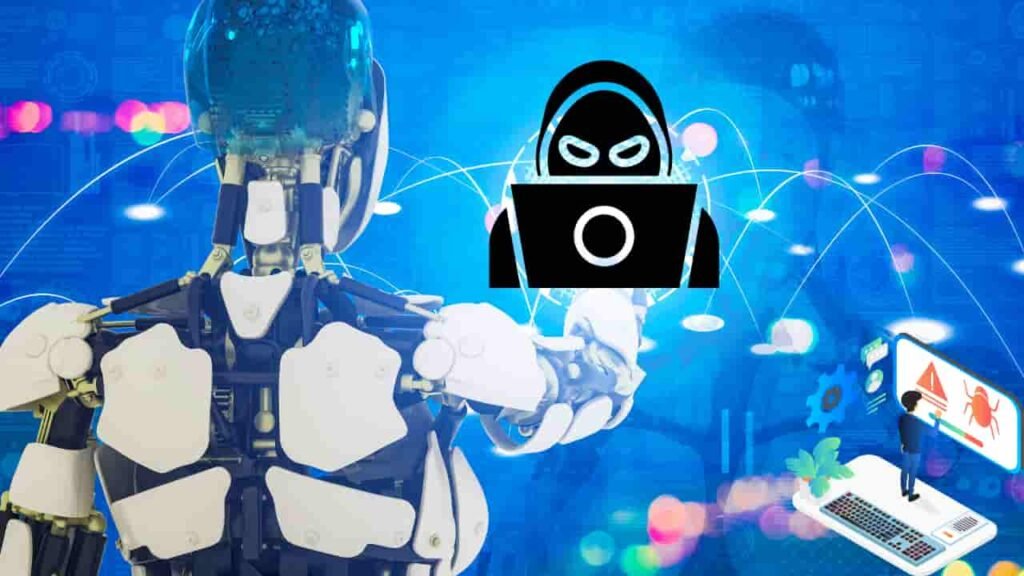
Artificial intelligence (AI) is transforming industries, but it’s also making cybercriminals more dangerous. Attackers are using AI to automate and refine their techniques, creating smarter malware, highly convincing phishing campaigns, and stronger brute-force attacks.
To combat this, organizations must invest in AI-driven security tools that detect threats in real-time, analyze patterns, and adapt to evolving attacks. Cybersecurity teams will need to stay one step ahead by constantly updating their defense strategies.
2. The Effects of Quantum Computing on Cybersecurity

Quantum computing has the potential to revolutionize many industries, but it also poses a major security risk. Current encryption methods, which keep sensitive data safe, could become obsolete as quantum computers gain the ability to crack them within seconds.
To prepare for this shift, the cybersecurity industry is developing quantum-resistant encryption methods. Businesses should start evaluating their security infrastructure now and consider transitioning to post-quantum cryptography to stay ahead of future threats.
3. Adopting Zero Trust Security
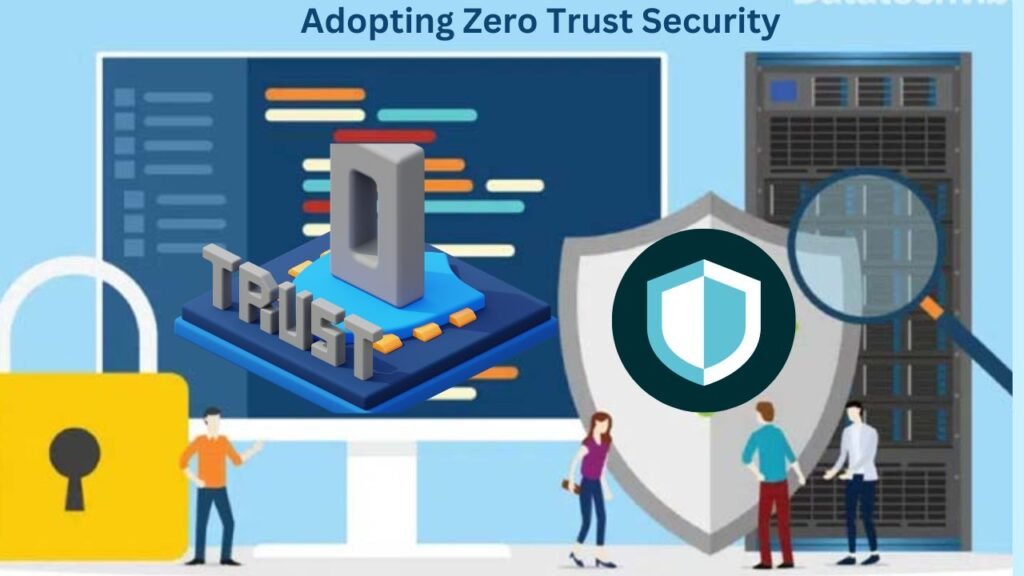
The traditional approach to cybersecurity—trusting everything inside a network perimeter—is no longer effective. That’s why more organizations are embracing Zero Trust security, which operates on the principle of “never trust, always verify.”
This model requires strict identity verification for every user and device accessing a network, reducing the risk of insider threats and unauthorized access. As cyber threats continue to evolve, Zero Trust will become a standard security practice across industries.
4. Enhancing Supply Chain Security

Cyberattacks on supply chains are increasing, with high-profile incidents like the SolarWinds breach exposing critical vulnerabilities. In 2025, businesses will prioritize supply chain security by conducting thorough risk assessments, vetting third-party vendors, and enforcing strict cybersecurity protocols.
Collaboration among businesses and government agencies will also play a key role in identifying and mitigating supply chain threats before they cause widespread damage.
5. Governments Enforce Tougher Cybersecurity Rules
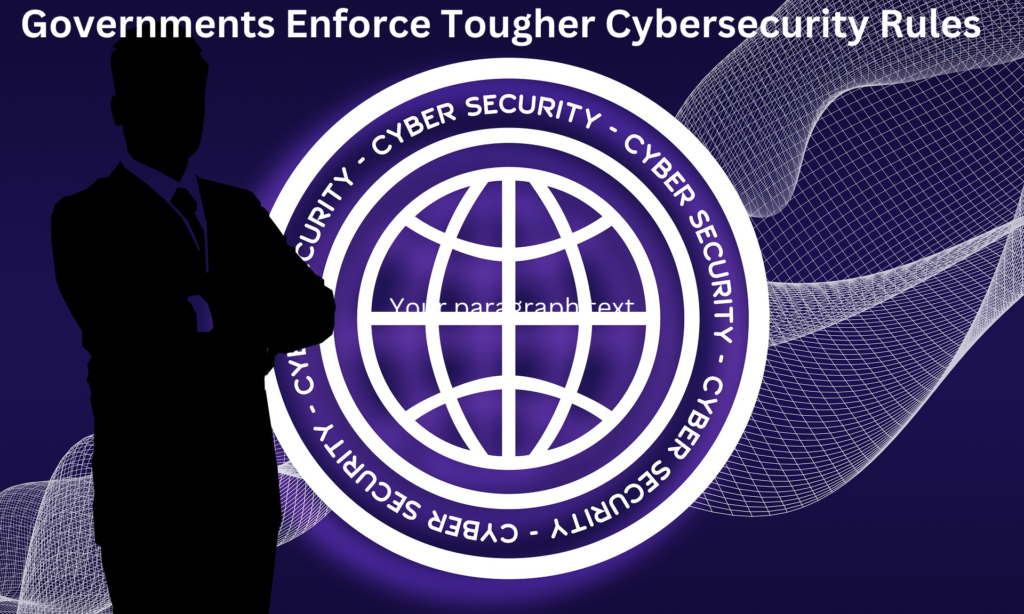
As cyber threats grow, governments worldwide are implementing stricter cybersecurity laws to protect businesses and consumers. New regulations will focus on data protection, incident response, and holding companies accountable for security failures.
Organizations will need to comply by strengthening their security policies, conducting regular audits, and ensuring transparency about their cybersecurity practices. Failing to meet these requirements could result in hefty fines and reputational damage.
6. The Increasing Need for Managed Security Services
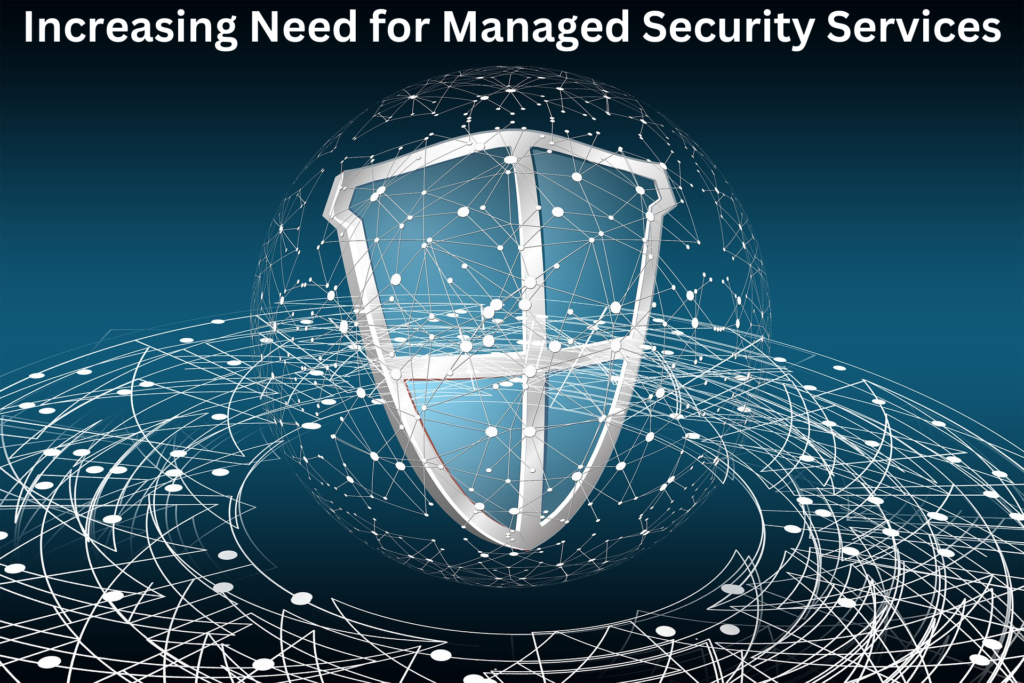
With cyber threats becoming more complex, many companies are turning to Managed Security Service Providers (MSSPs) for support. These providers offer continuous threat monitoring, incident response, and vulnerability management—helping businesses strengthen their cybersecurity without having to build in-house security teams.
The demand for MSSPs is expected to grow in 2025 as organizations look for cost-effective, scalable security solutions. Partnering with a trusted provider can give businesses access to expert knowledge and cutting-edge technology without the heavy investment.
7. Addressing IoT and Operational Technology (OT) Security Risks

The rapid expansion of the Internet of Things (IoT) and Operational Technology (OT) is connecting everything from smart home devices to industrial control systems. However, this connectivity also introduces significant security risks.
To protect IoT and OT environments, organizations must implement strong authentication measures, regularly update firmware, and conduct routine security assessments. Additionally, governments and industry groups may introduce new security standards to address the vulnerabilities associated with these devices.
8. Cybersecurity Training Now a Top Priority
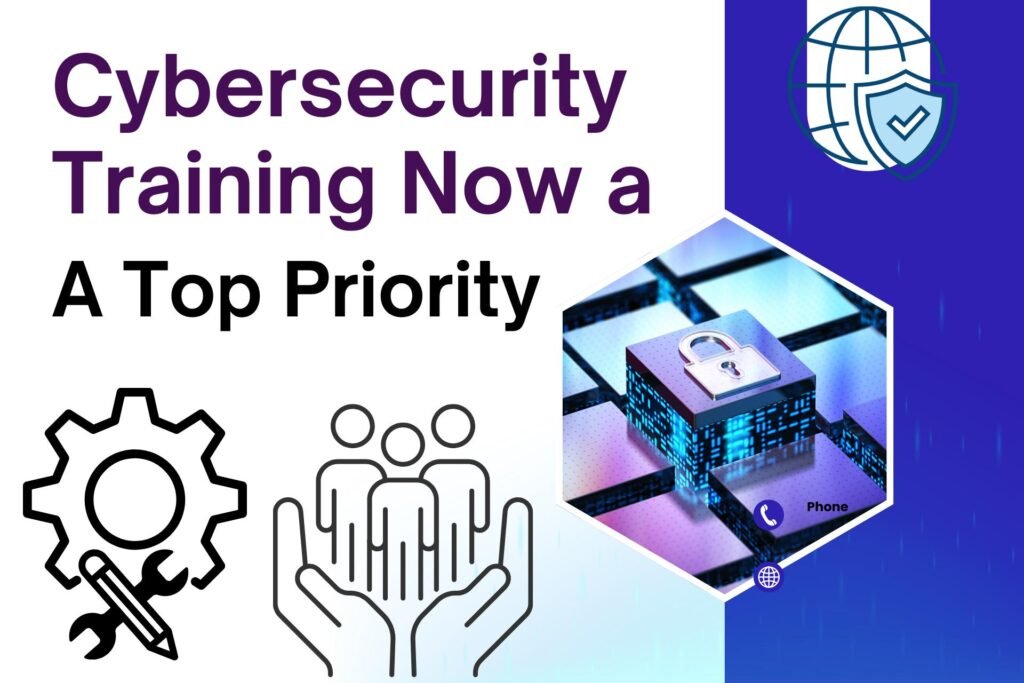
Human error is one of the biggest causes of cyber incidents. Whether it’s falling for phishing scams, using weak passwords, or mishandling sensitive information, employees often unknowingly put organizations at risk.
In 2025, companies will focus on cybersecurity training programs that use interactive simulations, gamified learning, and real-world scenarios to teach employees how to recognize and respond to threats. By fostering a security-conscious culture, businesses can significantly reduce their vulnerability to cyberattacks.
9. Increased Collaboration Between the Public and Private Sectors

Cybersecurity isn’t just a company problem—it’s a global challenge that requires collective effort. In 2025, we’ll see more collaboration between governments, businesses, and academic institutions to share threat intelligence, develop advanced security solutions, and improve cyber resilience.
Initiatives such as information-sharing platforms, joint research programs, and cross-industry training sessions will help strengthen global defenses against cyber threats.
10. Cyber Insurance on the Rise
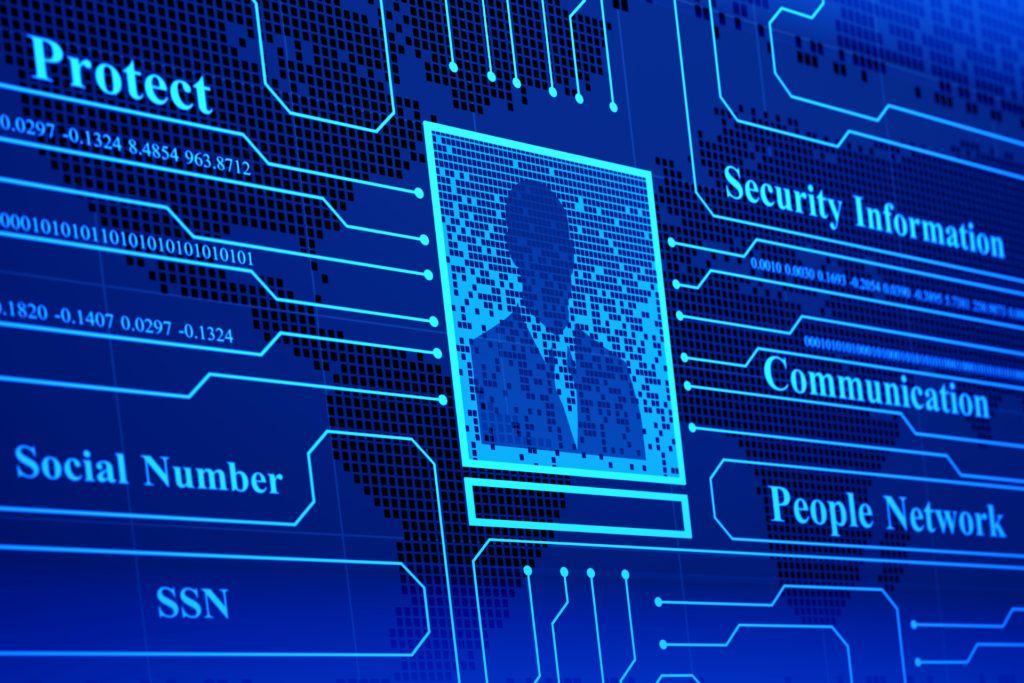
With cyberattacks becoming more frequent and costly, businesses are turning to cyber insurance to mitigate financial risks. These policies cover expenses related to data breaches, ransomware attacks, and other cyber incidents, helping organizations recover from attacks more effectively.
The cyber insurance market is expected to grow in 2025, with insurers offering tailored policies for different industries. However, businesses should carefully evaluate their coverage options to ensure they meet regulatory requirements and provide adequate protection.
Cybersecurity in 2025 will be defined by both new challenges and innovative solutions. AI-powered attacks, the rise of quantum computing, and the growing need for Zero Trust security will shape the way organizations protect their data and systems.
To stay ahead of cyber threats, businesses must adopt advanced security technologies, strengthen their policies, and foster a culture of cybersecurity awareness. By staying informed and proactive, organizations can build stronger defenses and navigate the ever-changing digital landscape with confidence.
Please Write Your Comments